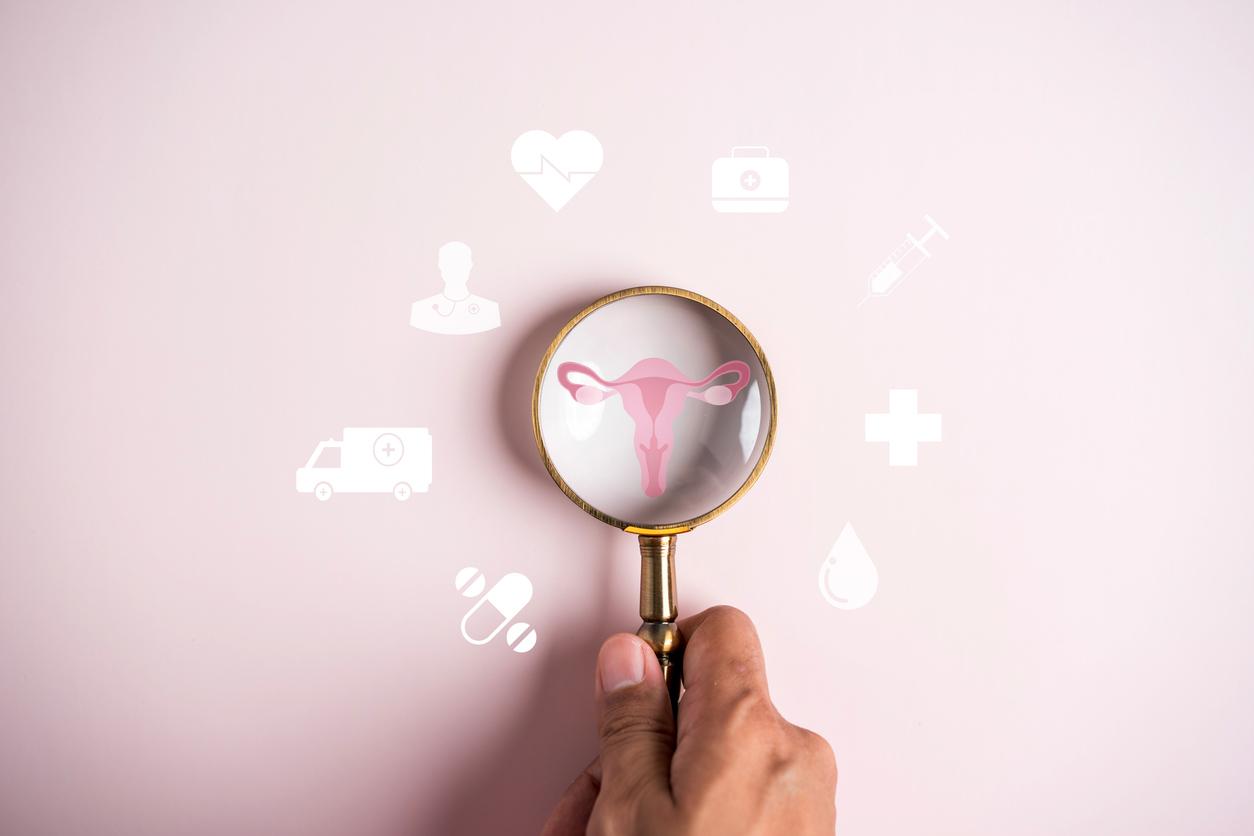They are 44, aged between 30 and 85, and have been living through hell since they got place suburethral strips, a small polypropylene net installed under the urethra supposed to eliminate stress incontinence problems. Burns, recurrent urinary tract infections, pain “like stab wounds that shear the vagina“… They all filed a complaint with the Paris prosecutor’s office for “aggravated deception and involuntary injuries”, according to information from BFM TV and Parisian.
Every year, 27,000 to 40,000 French women undergo surgery in order to have these strips inserted. The plaintiffs denounce a lack of information prior to the intervention: many have learned after the fact that they were difficult to remove.
Defective vaginal implants: which devices are affected?
Placed vaginally or abdominally, suburethral strips and pelvic reinforcement prostheses are medical devices developed since the end of the 1990s. The operation has been performed in France since 1996. They respectively treat urinary incontinence and descents of pelvic organs, a phenomenon judged “generally not dangerous“by the High Authority for Health (HAS) and”without risk of rapid aggravation“.
When they are placed, they are incorporated into the fabrics. According to’ANSM, approximately 50,000 devices are sold annually in France, two-thirds of which are for the treatment of urinary incontinence. Once installed, they usually cannot be removed. This is also what the patients criticize: many of them have tried to have their implant removed, which has become too painful or caused them too many side effects, in vain.
What are the side effects reported by these women?
Incontinence, infections, bleeding, chronic pain, “peaks in the crotch“, burns… Such has become the daily lot of these women, some of whom have never wanted this implant.”It destroyed my life”indicates Stéphanie Neplaz, one of the plaintiffs who considers having served as a guinea pig during the laying of a strip in 2016 against her incontinence which arose as a result of her pregnancy.
The patients believe that the laboratories deliberately minimized, even concealed the risks involved in these devices. They also regret not having been informed of the risks of irreversible complications and the impossibility of removing the device. “I was explained that it was too risky to remove it completely and that it could no longer be removed 100%. I was shocked when I realized that I was going to have to live with it and that I would have no prospects for improvement”says a complainant.
“The complication rate is 3%. Even the most efficient of surgeons cannot avoid them… But patients must be informed about them”says in an interview with Parisian Xavier Gamé, secretary general of the French Association of Urology, who says to withdraw “about twenty strips per year to patients coming from all over France”.
How many complaints have been filed?
44 new complaints against X for “aggravated deception and involuntary injuries” were therefore filed on December 26, 2022.
In November 2020, 21 complaints against X had already been filed with the Paris public prosecutor’s office and 22 others in November 2021. A preliminary investigation has been open since April 20, 2021 for aggravated deception and involuntary injuries, entrusted to the Office for the fight against damage to public health (OCLAESP).
What about licensing these devices?
According to the complainants, the devices would have been validated in France despite “insufficient clinical studies“. In 2007, the HAS was already claiming “comparative clinical data to confirm the interest“Prolapse (organ descent) implants inserted through the vagina. Their use has been suspended since 2019. On the other hand, those placed through the abdomen and urinary strips are still used.”The problem of urine strips is radically different in terms of responsibility from that of vaginal prostheses. The complication rate is also radically different“, says Dr Bertrand de Rochambeau, president of the union of gynecologists and obstetricians of France, to justify that they are still used.
In October 2020, an order provided for sufficient reflection time for the patient and required that the surgeon performing the pose be trained in the techniques for implanting these strips “having participated in the performance of at least 15 procedures by implantation in the presence of an experienced surgeon“. Rules not sufficient for the complainants.
In the United States, these same prostheses placed vaginally have been classified “high risk” in 2016 and banned in 2019. In 2020, the Johnson & Johnson group, one of the laboratories involved, was notably ordered to pay 344 million dollars for misleading advertising. The device is banned in Australia, Scotland and New Zealand and a complaint was filed in 2021 in South Africa.
Sources:
- Incontinence implants: “5 minutes of explanations, 7 years of ordeal”, patient alert, Le Parisien, December 26, 2022
- Implants against incontinence: “The most successful of surgeons cannot avoid complications”, The ParisianDecember 26, 2022
- Anti-urinary leakage device: 44 women file a complaint after serious side effects, BFM TVDecember 26, 2022


















